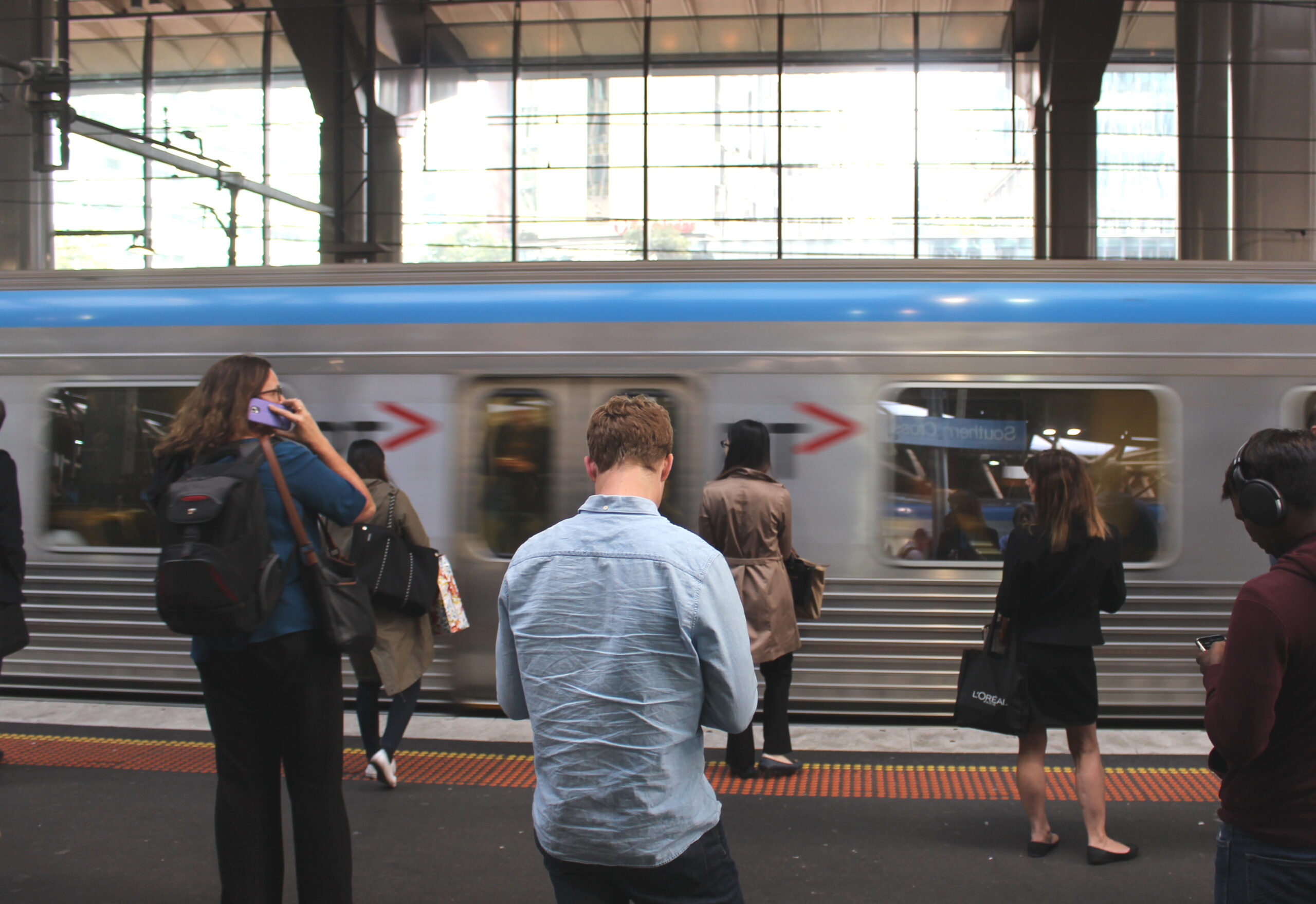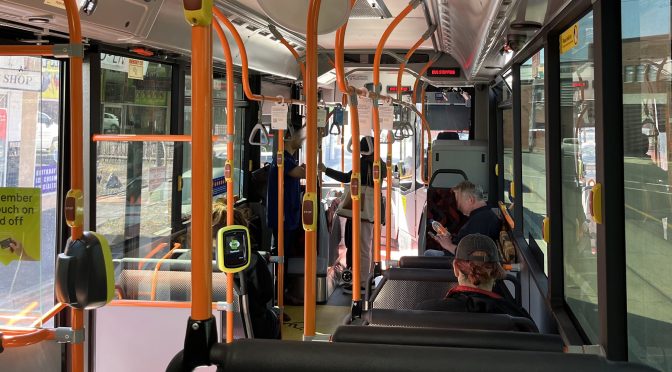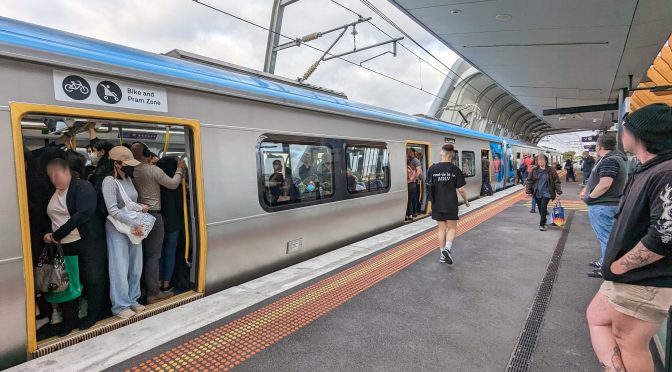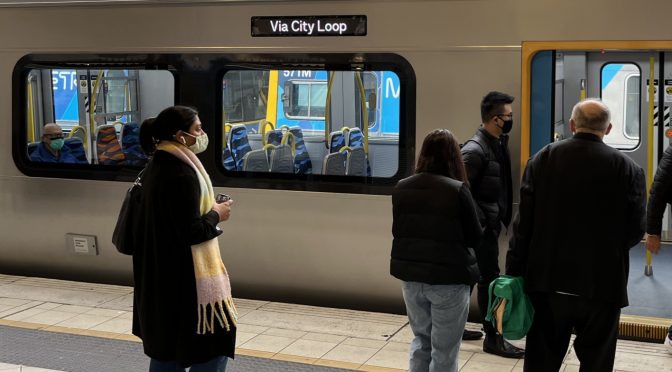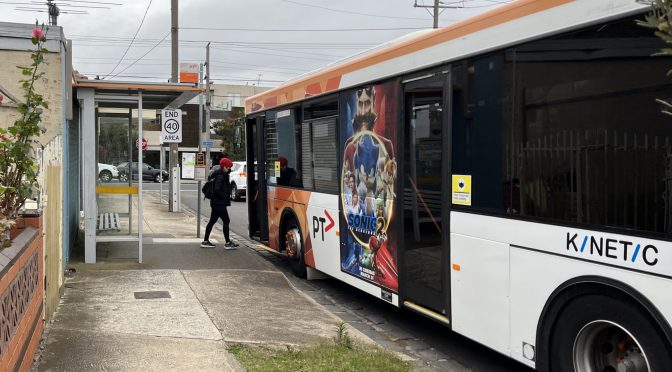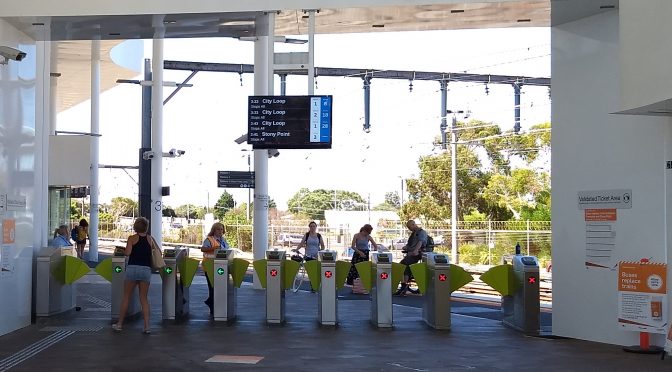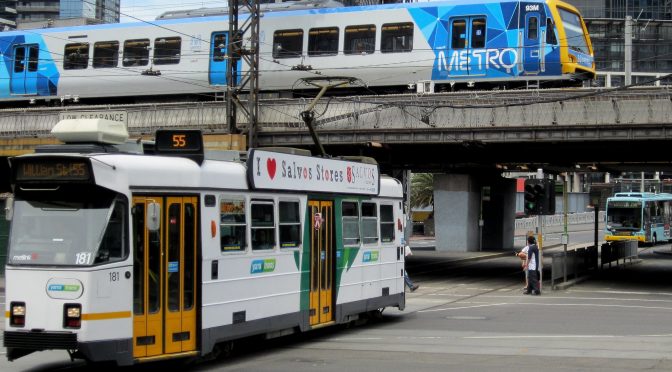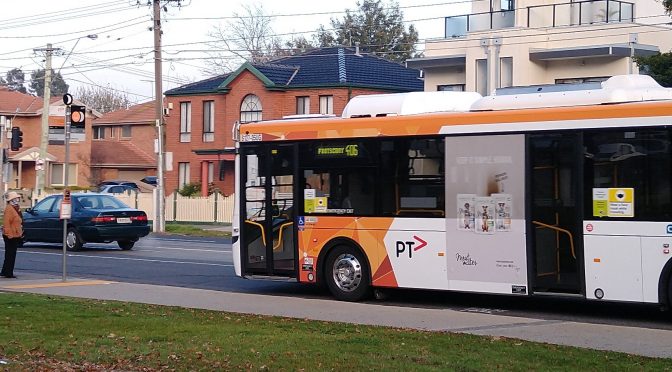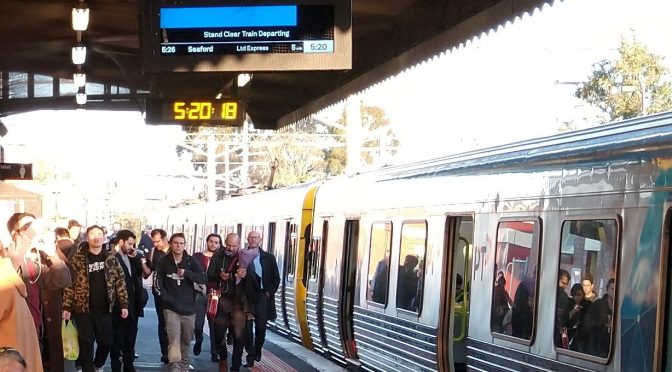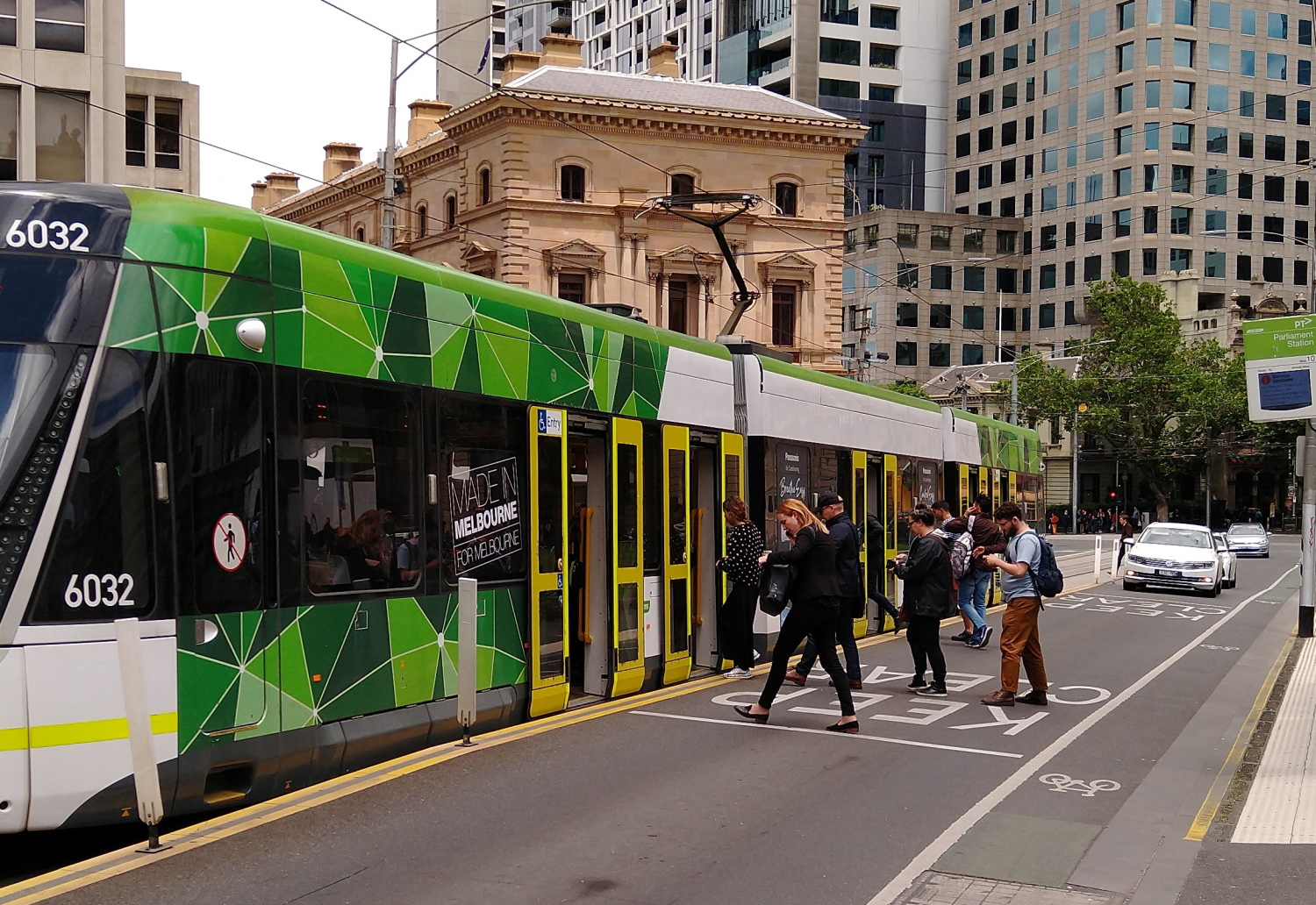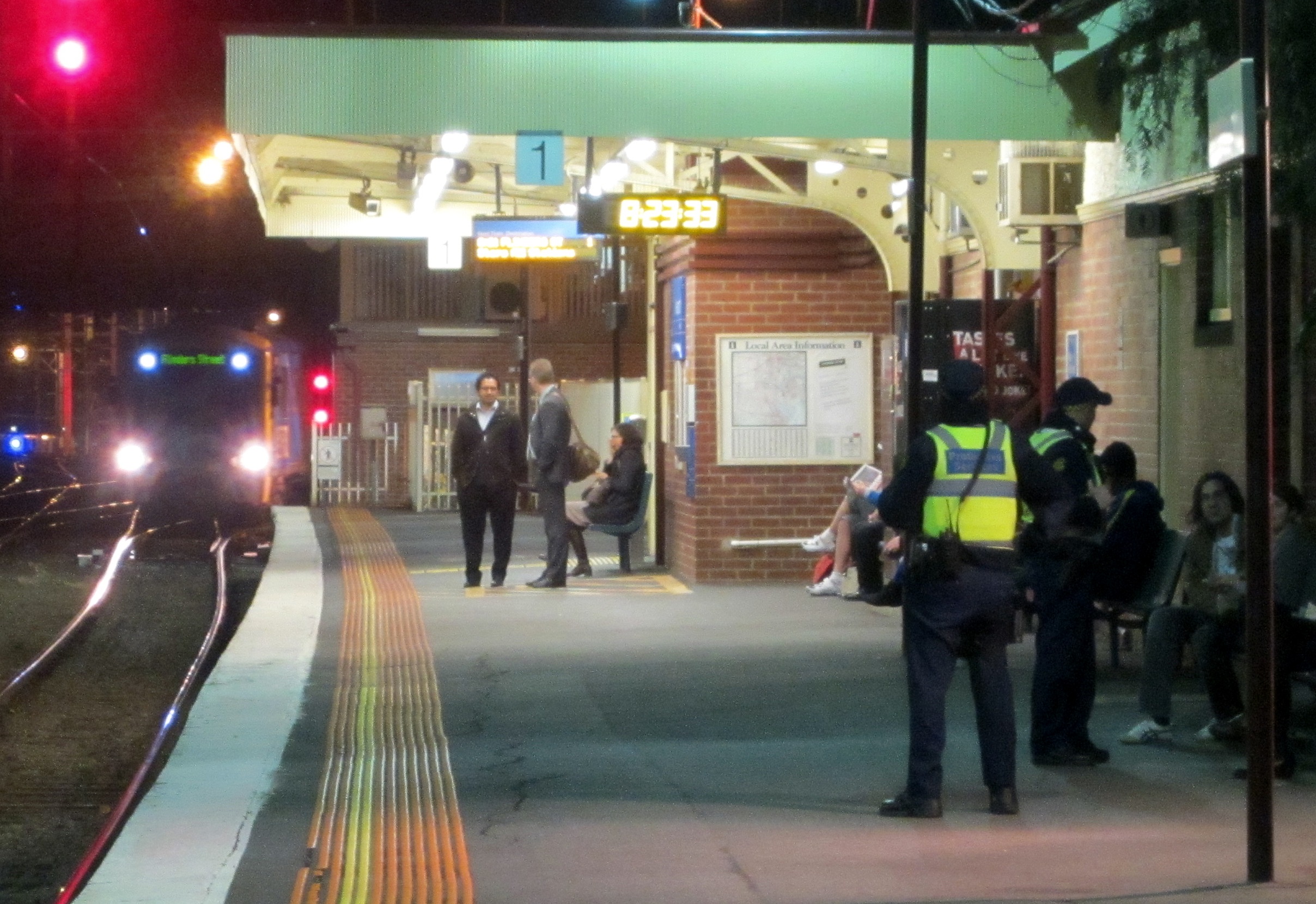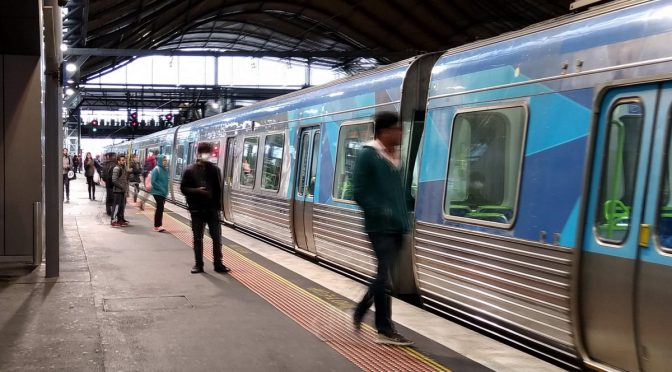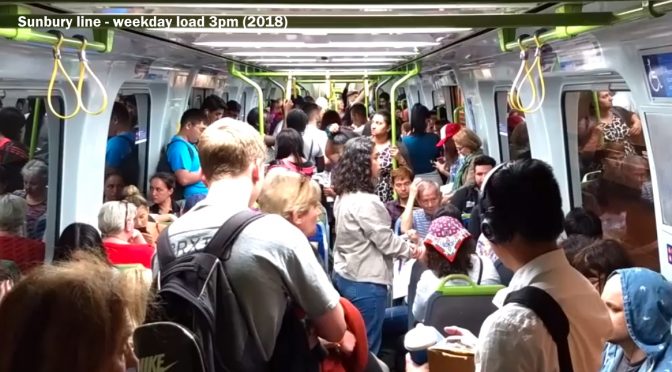Category: Media releases
-
State Budget: Upgrades welcome, but no step change
The Public Transport Users Association (PTUA) has welcomed measures in the 2023 Victorian Budget funding incremental public transport improvements, particularly in outer suburban communities. “Bus upgrades for growth areas such as Melton, Maddingley, Wyndham and Casey will provide vital connections for those communities, enabling better access to education, employment and other opportunities”, said PTUA spokesperson…
-
Dandenong line frequency cuts cause turmoil
The PTUA is alarmed about cuts in the frequency of trains on Melbourne’s busiest rail lines, only days after the completion of works which were supposed to improve services. Having endured the closure of the Cranbourne and Pakenham lines for almost a month to allow the installation of new rail equipment, passengers have had their…
-
Victorians want investment in public transport
Polling released today by the Climate Council shows that Victorians want all levels of government to invest more in public and active transport. The PTUA is supporting the Climate Council’s call for governments to allocate at least 50% of their transport budgets to public transport, and 20% to safe walking and biking infrastructure. 80% of…
-
Incremental improvements welcome, still waiting for big investment in service, says PTUA
The Public Transport Users Association has welcomed the Victorian Government’s ongoing commitment to improving the state’s public transport networks, but says Victorians are still waiting for a ‘step change’ investment in service delivery to match the government’s record in building infrastructure. “We’re pleased to see improved metro and regional train services roll out with the…
-
40 years on, time to scrap the 7-day Myki Pass
Fare reform needed for a post-COVID world The Public Transport Users Association (PTUA) has called on the State Government to review public transport fares, and make adjustments to reflect expected changes to travel demand as Victoria comes out of COVID-19. PTUA spokesperson Daniel Bowen said October 2021 marked the 40th anniversary of Melbourne’s public transport…
-
PTUA welcomes Auditor-General’s report into Transport Planning
The Public Transport Users Association (PTUA) has welcomed the Victorian Auditor-General`s report into Integrated Transport Planning.[1] The Auditor-General found that while the Department Of Transport has more than 40 separate plans and strategies, this does not constitute an integrated transport plan, as required by the Transport Integration Act. PTUA spokesman Daniel Bowen said the PTUA…
-
Bus performance data welcomed – and highlights the need for improvements
The PTUA has applauded the State government’s release of bus network performance data for the first time.[1] PTUA spokesperson Daniel Bowen said the organisation had been asking for years for the data to be published, to help transparency and accountability around the bus network. “Detailed train and tram performance data has been published for decades…
-
A steady-as-she-goes transport budget for COVID recovery
The Victorian Government’s 2021-22 budget reflects its cautious approach to post-COVID economic recovery but is building steadily on its previous commitments for public transport and rail freight, according to the Public Transport Users Association. New commitments in the budget are a healthy reassertion of the need to compensate for the three decades of disinvestment in…
-
PTUA welcomes rail investment, calls for more funding for services
The Public Transport Users Association (PTUA) welcomed today’s Victorian Budget, with substantial investment in rail infrastructure, as well as expansion of the accessible tram fleet. “The planned upgrade to the Geelong line, and the long-awaited Airport rail line are very welcome”, said PTUA spokesperson Daniel Bowen. “It’s also great to see funding for regional rail…
-
PTUA concerned on curfew cuts
Trams and trains on a Saturday timetable every day would be a far better outcome for passengers compared to the situation we have now.
-
PTUA welcomes additional services
The Public Transport Users Association (PTUA) has applauded the additional train and tram services announced on Friday by the Victorian Government. “These changes are very welcome”, said PTUA spokesperson Daniel Bowen. “Train service frequencies drop off outside peak hours, resulting in long wait times and – under normal circumstances – crowding. “We have been concerned…
-
COVID-19: Public transport timetable boost needed to help stagger trips
The Public Transport Users Association (PTUA) has called on the State Government to boost public transport services across the day as a response to the COVID-19 crisis. A PTUA analysis of train timetables found that on some lines, services and capacity dropped by two-thirds outside peak hour. PTUA spokesperson Daniel Bowen said that as people…
